The fishing boat inches out into the Seto Inland Sea from a quaint oyster harbour on Hiroshima’s Ondo Island. Apart from the wake of the occasional passing boat, the sea is flat as a mirror. It is 6am in early July and the sun is already beating down. It is going to be hot – but hot is ideal for the task ahead.
“We’re going to catch baby oysters,” says Suguru Kurihara, the third-generation owner of Ondo Kaisan, an oyster farm supplying some of the finest restaurants in Hiroshima with its Kaki Musume brand of bivalves. His 75-year-old father Fujio, with a tanned, age-defying physique is at the helm, clasping a smoldering cigarette while maneuvering the boat past a flotilla of bamboo oyster rafts. Two farmhands hunker down on the deck, conserving their energy.
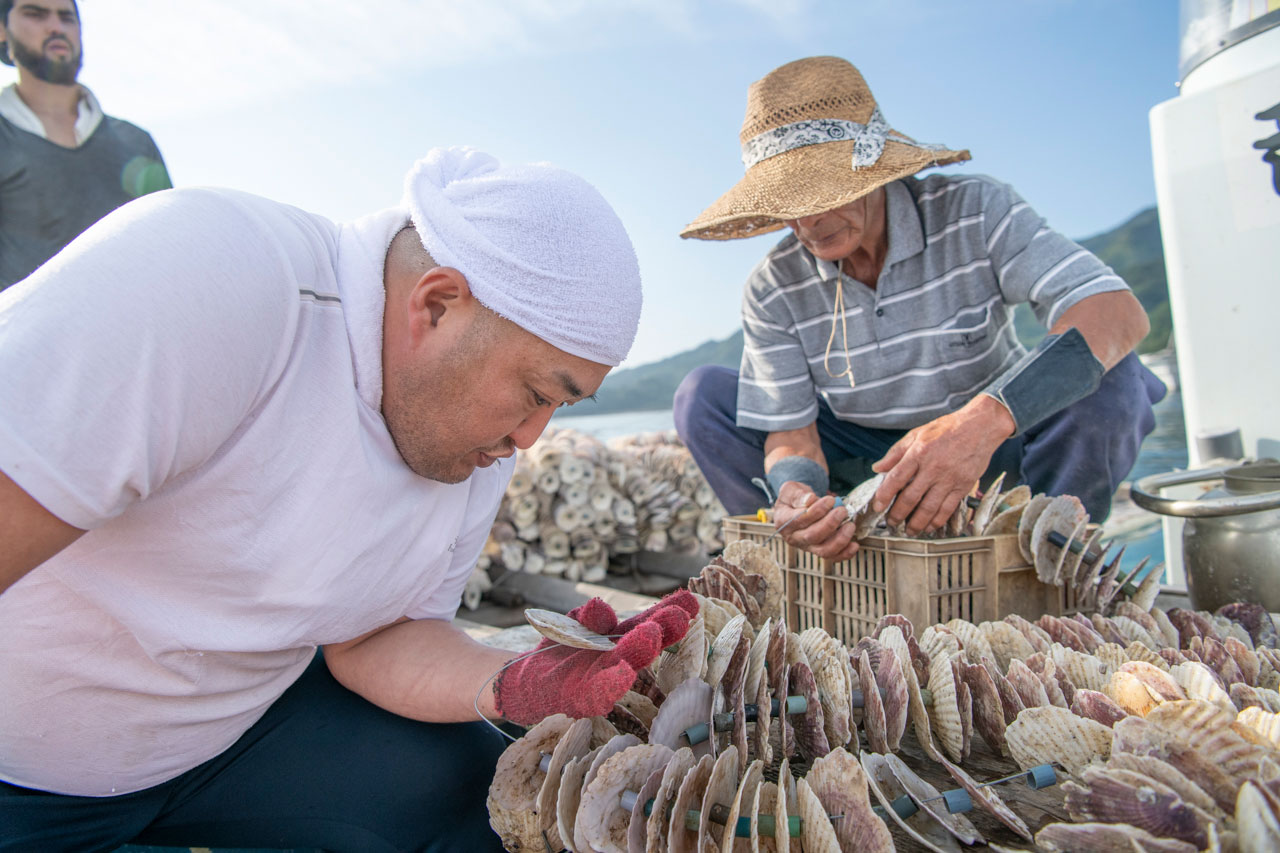
“Most people don’t know we catch oysters from the wild – we source 70% of our oysters this way,” explains Suguru. In the height of summer, tiny spats (baby oysters) swim and ride the currents of the Seto Inland Sea before attaching themselves to something solid. They then live out the rest of their lives on that spot, feeding off plankton and fattening up. “We want these spats to fix themselves to the shells hanging down from our rafts. The currents are buffeted by all these islands, so it’s about reading the water conditions and positioning the rafts to intercept the spats. It’s like a game of pinball.”
The briny bounty of the Seto Inland Sea
The Seto Inland Sea is an immense body of water in the heart of the Japanese archipelago, stretching over 440 km from Shimonoseki in the west to Kobe in the east. It’s known for both its calm surface water and volatile currents lurking underneath that weave around 3,000 rocky islands dotted throughout the sea. This creates rich marine environments full of phytoplankton – the perfect conditions for oyster farming.
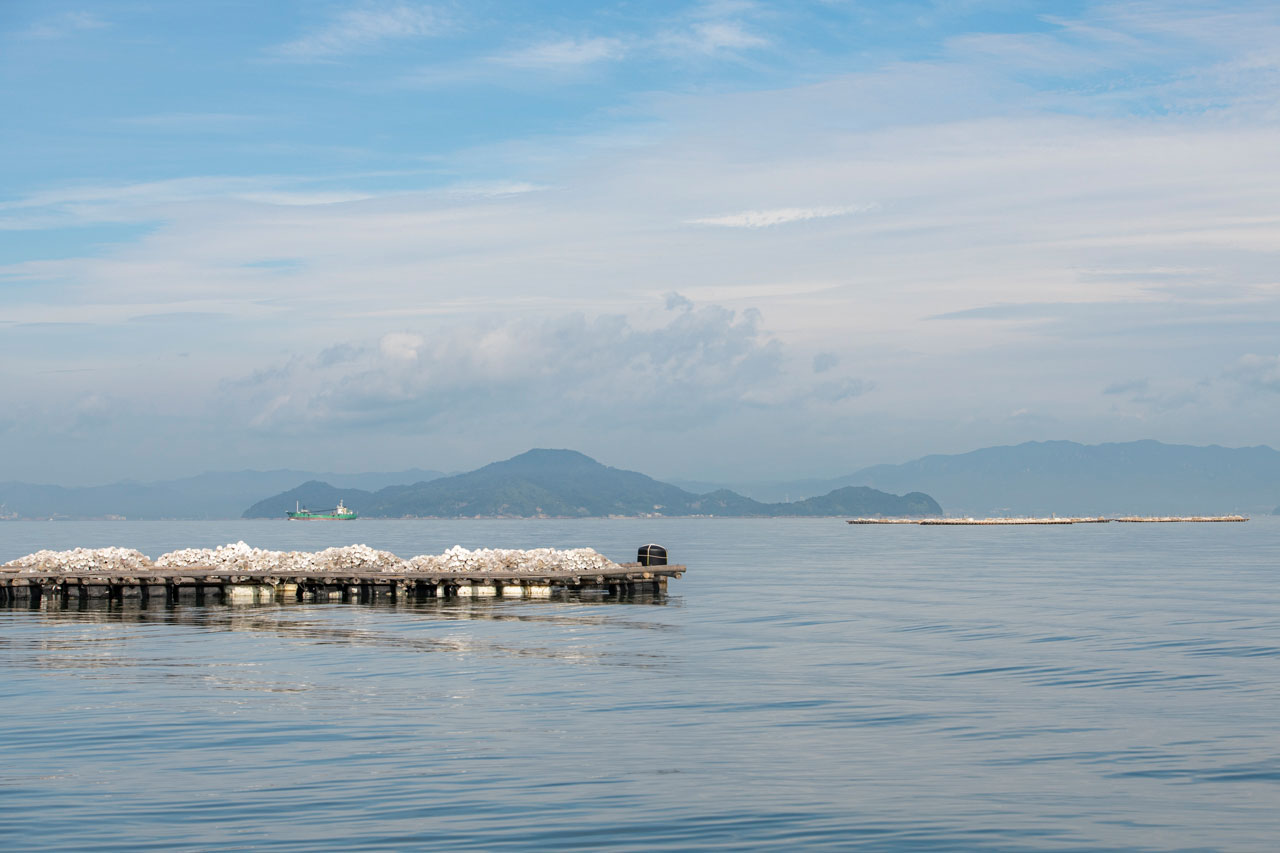
Located at the heart of the Seto Inland Sea, Hiroshima’s fishing and agriculture industry is closely tied to the state of this body of water. The first written account of oyster production in Hiroshima dates back nearly 500 years. Today, Japan is the third largest producer of oysters in the world, and more than half of its annual harvest comes from the waters around Hiroshima. Sun-bleached bamboo oyster rafts floating on the water are a permanent fixture of the landscape.
We arrive at a raft near Hiroshima’s iconic Miyajima Island. Suguru and the workers flit across the floating bamboo, heaving wires up out of the water one by one. Each wire reveals a concertina of scallop shells along its length. Within minutes, everyone is drenched in sweat.
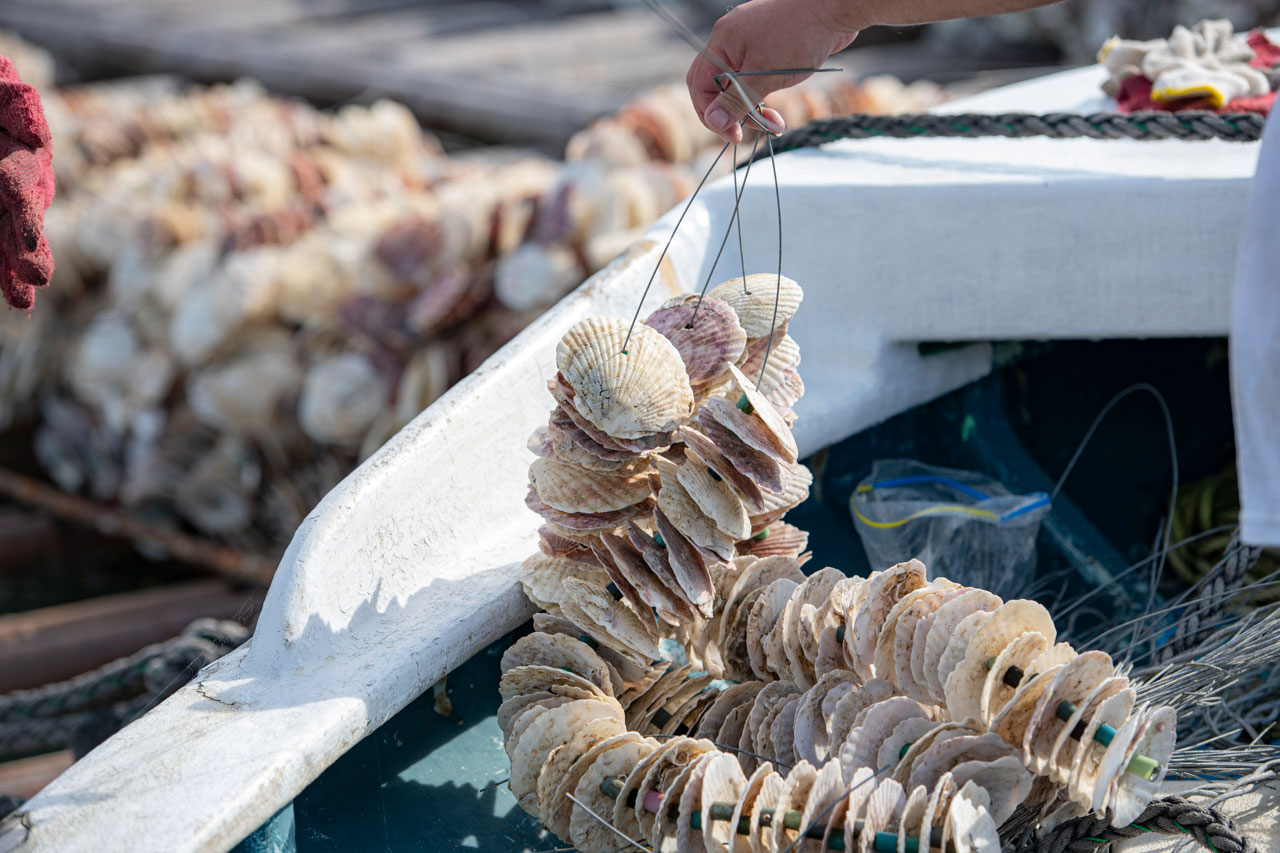
“You might need a powerful lens,” says Suguru as he points to tiny black marks no bigger than a millimeter on the pearl-white seashells. “We dry these spats out in the hot sun and then return them to the water and repeat the process. This ensures only the hardiest survive to grow into strong oysters.”
The spats Suguru collects will be ready to harvest in two to three years. During its growth from spat to oyster, Suguru and his father must constantly read the conditions of the water and adjust the position of the rafts. But climate change is making the Seto Inland Sea increasingly difficult to read.
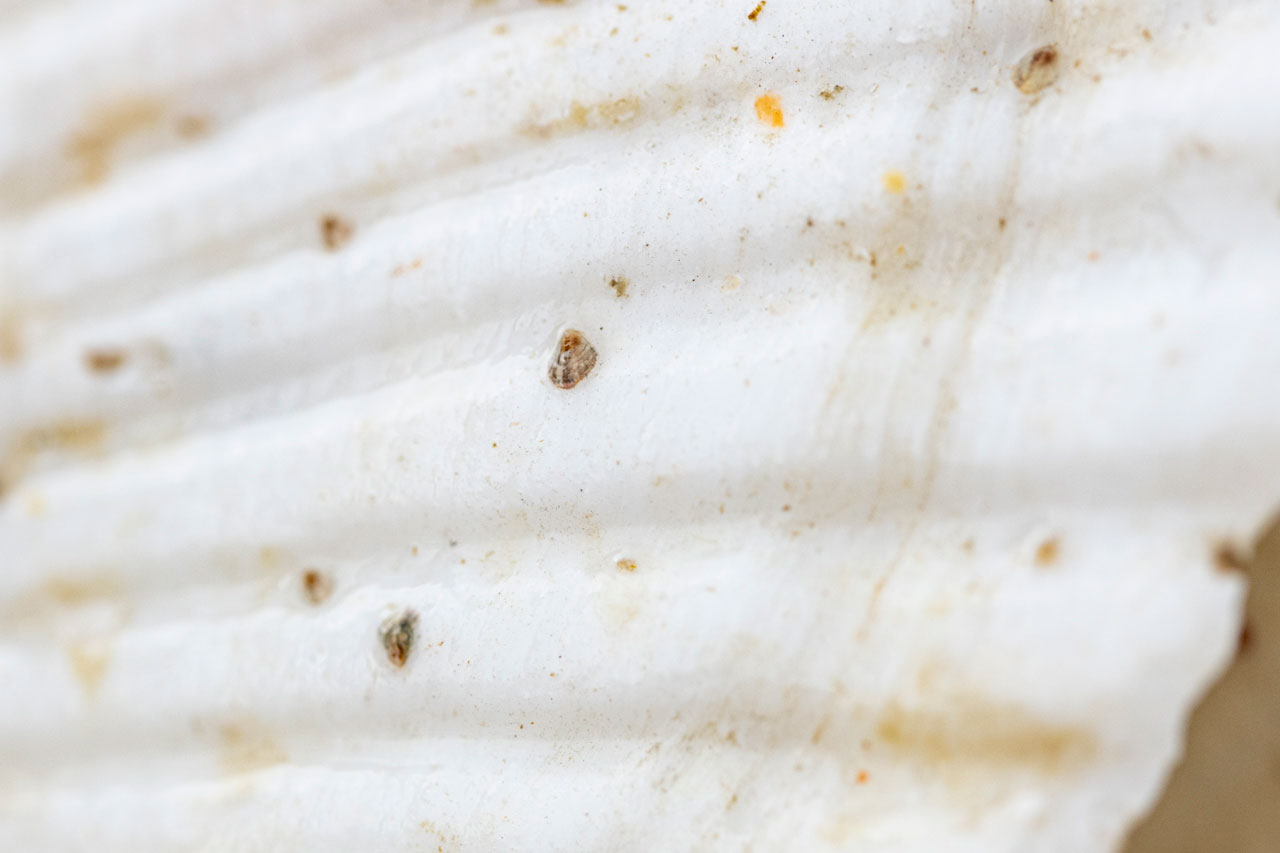
“We use the latest technology to keep data on sea temperatures, plankton activity and currents,” says Suguru who collaborates regularly with universities both in Japan and abroad on oyster research projects. “But climate change is keeping the water warmer for longer, meaning we have to harvest later and later in the year.”
Flash freezing: a startup’s solution to an increasingly late oyster season
Hiroshima officially declares oyster season open in October. However, according to Suguru, only a handful of producers with rafts in the coldest waters near mountain river run-offs can harvest that early. This is beginning to create a gap between customer expectations and the realities of oyster farming.
To meet demand, Suguru has recently teamed up with Satoshi Ono and his company ATORA – an innovative startup in Hiroshima City specialising in flash freezing. With ATORA’s unique technology, Suguru can supply a string of high-end restaurants and bars throughout the city with his oysters.
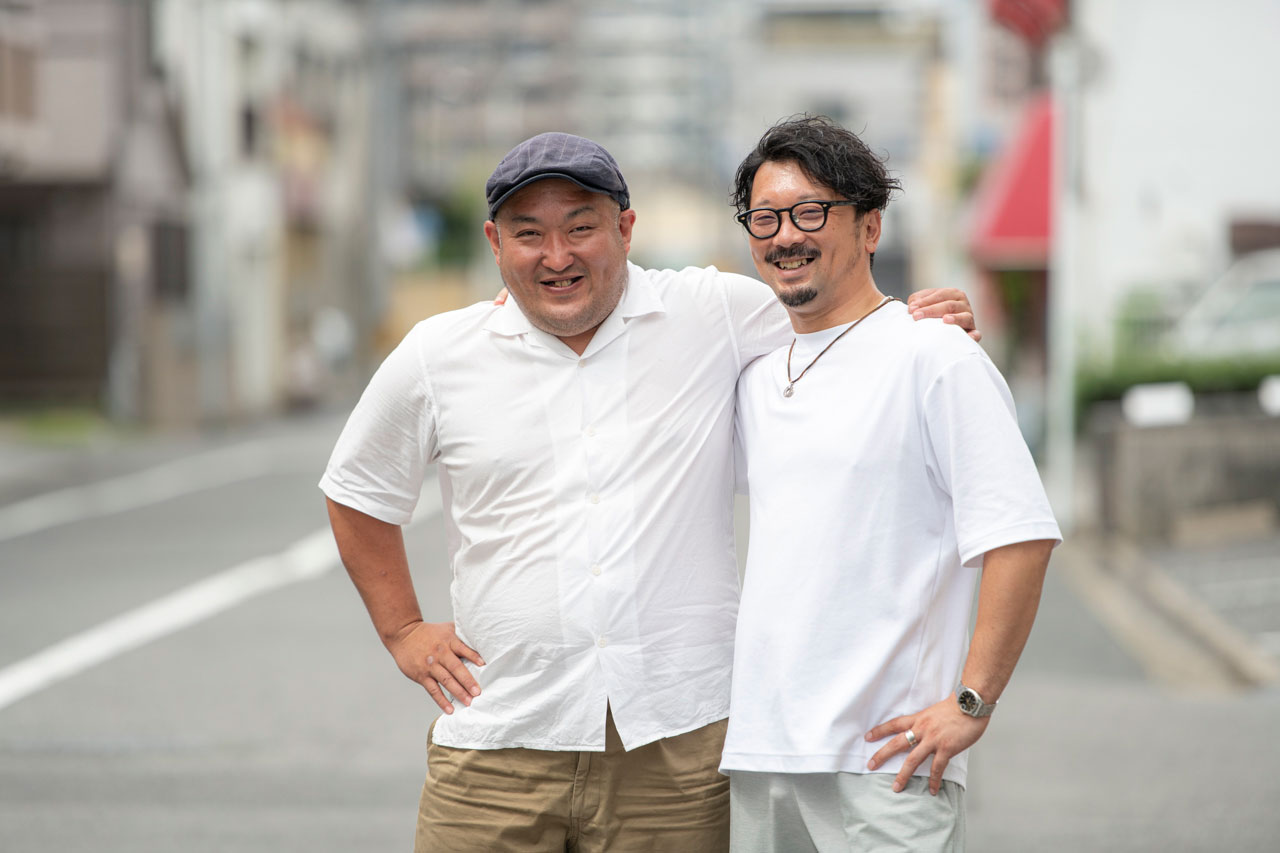
“The faster you freeze something, the less damage you do to its cells,” explains Satoshi at his facility. “Conventional freezing causes water in the cells to expand, destroying its cell structure. This leads to drip – the run-off liquid you see after defrosting.”
Satoshi takes me to a counter where one of his staff is expertly filleting a Japanese amberjack. He takes a sashimi slice and places it inside a bag and dips it into his flash-freezing liquid. Within minutes it is stone-cold. After defrosting in water, he rips open the bag to reveal the result – a slice indistinguishable from the original freshly cut sashimi.
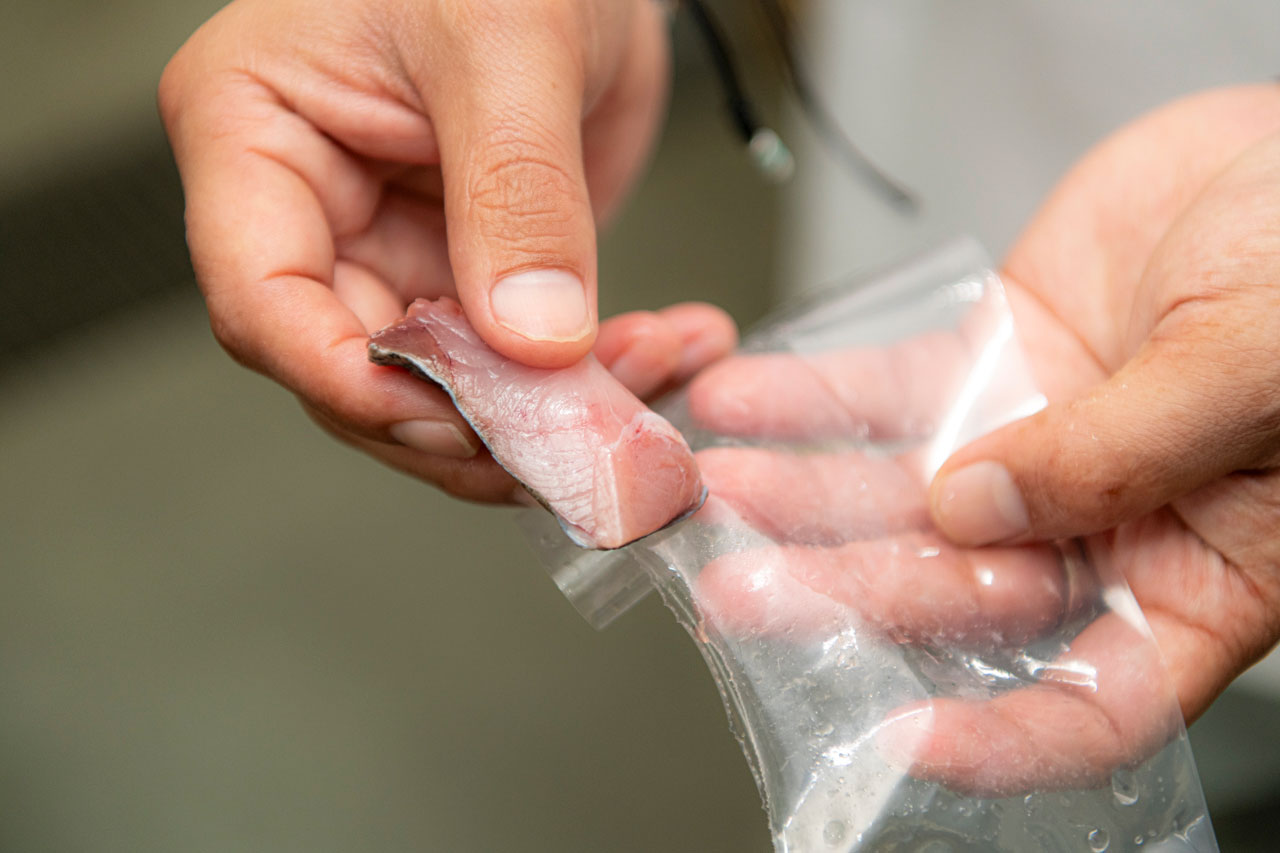
“All our frozen produce keeps for over six months in the freezer, making it ideal for high-end bars and restaurants who want to serve Hiroshima’s delicacies fresh, even when it is out of season,” says Satoshi. “We don’t use any additives because our freezing method keeps the freshness locked in and the quality of the produce speaks for itself.”
Rolling with change in the restaurant industry
We continue along Suguru’s supply chain and visit Ristorante Carlotta, an unassuming eatery off Hiroshima’s Peace Boulevard. It is regarded by many as one of the finest restaurants in Hiroshima. Carlotta’s owner-chef Tomoyasu Uno has been using Kaki Musume oysters for over five years and recently began serving Suguru’s flash-frozen oysters.
“For chefs, freezing has a negative image. Especially for shellfish, the freezing process usually reduces its quality,” explains Tomoyasu. “Kaki Musume and ATORA’s collaboration is astonishing. Not only does it maintain that “fresh-out-of-the-sea” taste and texture, but it also adds a depth to the flavour and an elegant aftertaste that stays in your mouth.”
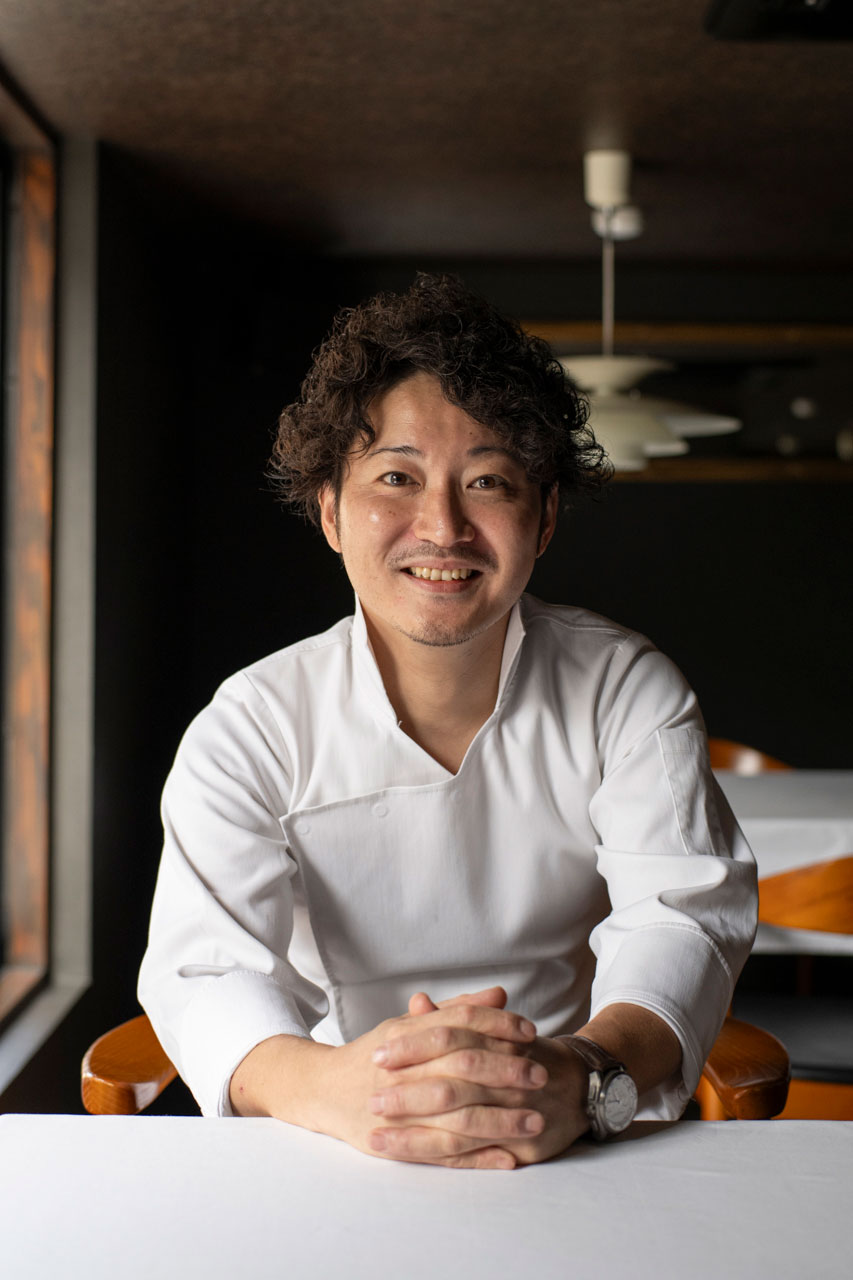
Tomoyasu begins to prepare an oyster dish from his current menu using Kaki Musume’s flash-frozen bite-sized oysters. Each course at Carlotta comes paired with a specific wine selected by Carlotta’s in-house sommelier, Kenta Kawasaki. For this dish, he selects an Italian white – Valle d’Aosta Petite Arvigne.
According to Kenta, climate change is also affecting pairing options for oyster dishes. As the regions that produce Champagne and Chablis also warm up, subtle changes in the taste of wine have emerged. “What used to be a simple but perfect marriage between oysters and Chablis or Champagne has become complicated,” says Kenta. “Now I look for better pairings with wines from colder climes and I usually recommend British Fizz instead of traditional Champagne.”
Tomoyasu presents Suguru’s oysters, beautifully arranged and drizzled with Swiss yoghurt and parsley sauce. They are exquisite – the creamy yogurt and parsley sauce softly blankets the fresh, deep-sea flavours of the umami-rich oyster while at the same time enhancing its milky-rich texture.
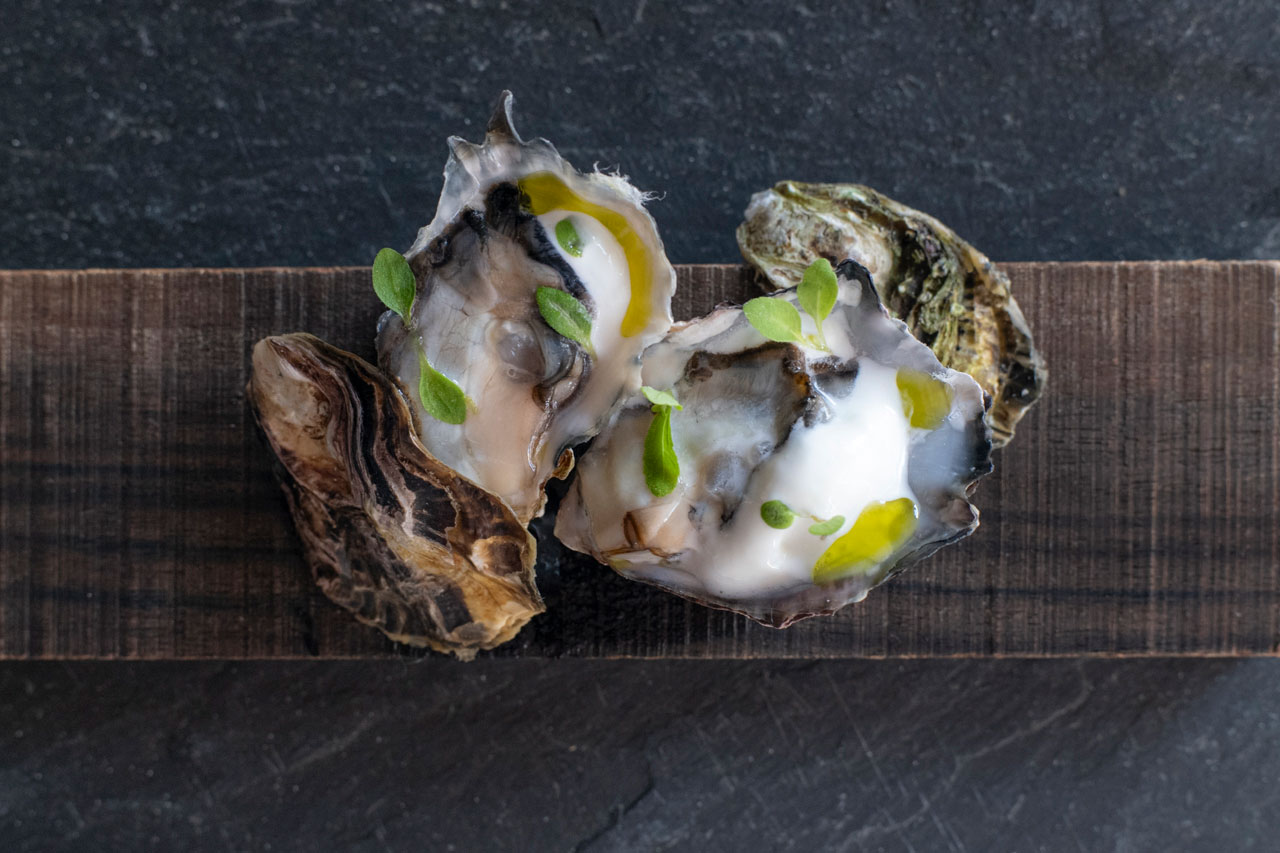
Today, food producers the world over are grappling with the effects of climate change. This often leads to large-scale shifts in farming practices and creates room for innovation. Hiroshima’s oyster farmers are no different. Climate change forced Suguru’s hand, but now with his collaboration with ATORA you can enjoy delicious, fresh oysters in Hiroshima all year round. This includes autumn – one of the best seasons to visit Hiroshima.
Three restaurants in Hiroshima for enjoying oysters
Ristorante Carlotta: Tucked away on the second floor of a building off Peace Boulevard, a short walk from the Hilton Hiroshima, this classy joint serves up quality traditional Italian cuisine.
Kanawa: A famous floating oyster restaurant across the water from Hiroshima Peace Park
Milky Tetsuo’s Oyster Hut: One of Hiroshima’s popular oyster huts located in Hiroshima Minato Park, open only from October to May
Getting to Hiroshima from Osaka
An easy 1.5-hour journey on the Shinkansen from Osaka is all it takes to bask in the glory of Hiroshima’s autumn. Witness the thousands of Momiji maple trees bursting into bright shades of red and orange across the city and throughout Miyajima Island. It is the perfect season and setting to dine on Hiroshima’s delicious oysters.
For more information on Singapore Airlines flights to Osaka, click here.
All photos by Tom Miyagawa Coulton.
The post Frozen in time on Hiroshima’s oyster farms appeared first on SilverKris.
from SilverKris
No comments:
Post a Comment